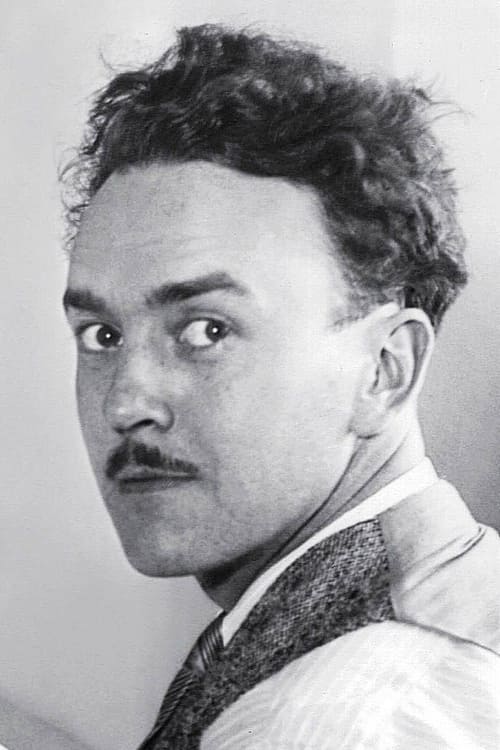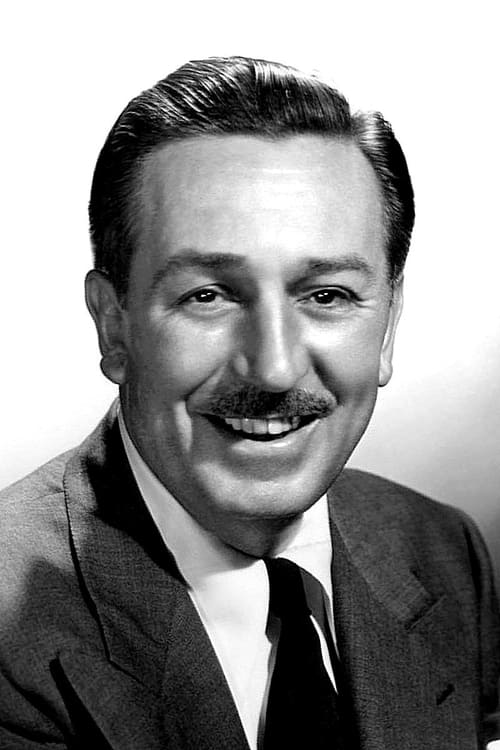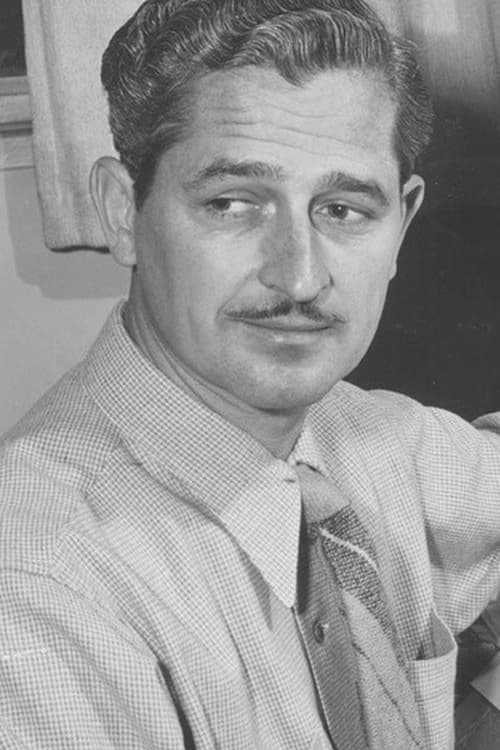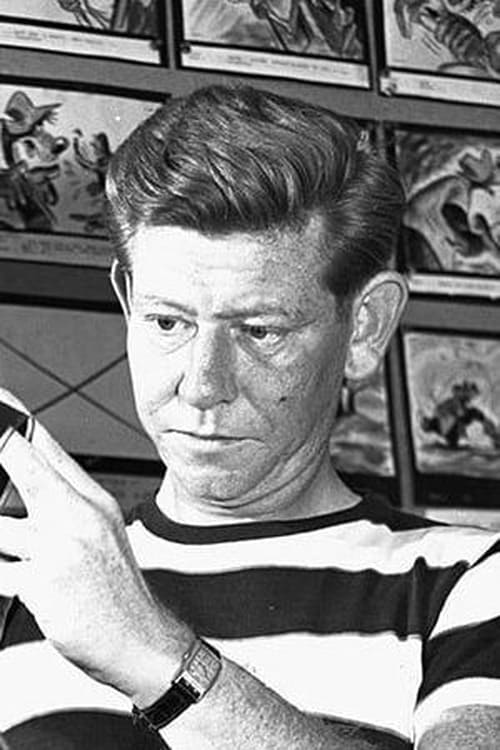Summer (1930)
Género : Animación
Tiempo de ejecución : 6M
Director : Ub Iwerks
Sinopsis
In the logical sequel to Springtime, a new set of insects (mostly) dances to a new set of tunes, while doing summer activities. The insects include dung beetles, dragonflies, butterflies, a walking stick, bees, and various other beetles and flies.

The tale of an old man and the clown doll he brings to life. Told like an old-fashioned educational slide show.

A man shows up to a drum audition and puts to shame the other drummer who has better equipment. He gets the gig and plays surfer-style music. Later, the other drummer attacks him and messes him up, but his new girlfriend helps him to regain his drum skills with electricity.

Dos presos en celdas contiguas tratan de pasarse por las rejas de la ventana una guirnalda de flores, mientras un carcelero observa sus movimientos. No logran intercambiar el objeto, por lo que la frustración les lleva al onanismo retorcido, plagado de danzas, caricias, y gestos anhelantes. Una paja a través de un minúsculo agujero en el muro que separa sus celdas es utilizada en un sensual intercambio de humo, y junto a los golpes a puño cerrado en el muro se comunican, siempre observados por el carcelero, en el que acaban por surgir unos celos descarnados que le llevan a acosar a uno de ellos, incluso utilizando su arma reglamentaria en una dramática escena que roza el sadismo. (FILMAFFINITY)

A documentary about two 'conventional' couples that swapped partners and lived in a group marriage in the early 70s, hoping to pioneer an alternative to divorce and the way people would live in the future.

When a duck hatches from the egg underneath Tom, the newborn (Little Quacker) is convinced Tom is his mother. Tom would like to eat the duckling; Jerry is determined to keep that from happening.
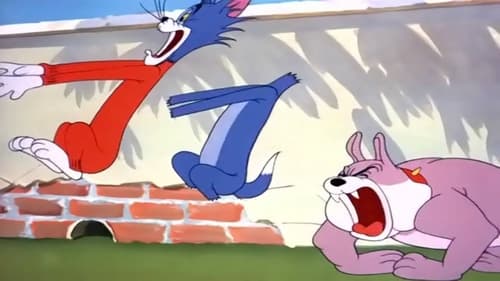
Spike explains to his son the rules of being a dog: 1: be man's best friend (begging, lying at feet); 2: bury bones; 3: chase cats. Just then, Tom (and Jerry) run by, offering the perfect practice subject. Spike lectures Tom to be scared by the pup or else; Jerry overhears, and is soon doing his best dog impersonation, while Tom works on various strategies to neutralize Tyke
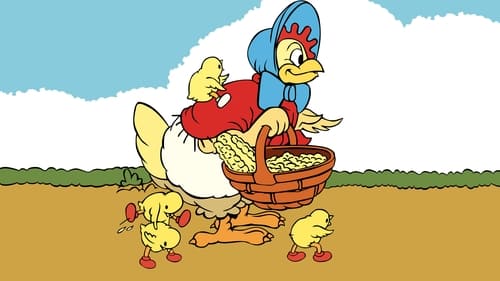
Corto de Disney de 1934, donde debuta el Pato Donald-

"Oddly" was created in 2009, adapted from the ancient Chinese ghost story "liao zhai zhi yi-BaiLianJiao." A Taoist priest goes out on a boat. While he is away, his wife cheats on him with his apprentice. The Taoist priest turns the apprentice into a pig and eats him. His child witnesses the entire event.

Kovásznai György’s fourth short animation follows a cat and dog who walk to a museum to look at paintings, about cats and dogs

A charming animated fable with live action. This is a story about a teenage girl (Pia Miranda) who suffers from depression and dreams and sketches ways on how to end her life. She comes across a beehive one day and comes up with a bizarre plan when she decides that if she swallows enough bees they will sting her death.

Jimmy and Tommy are inseperable brothers. Tommy is older, he is autistic. He lives in a world of patterns he has created in his mind. Jimmy is a visitor to this honest world and falls into its rhythm.

Early Edison short showing two men fencing.

William K.L. Dickson and William Heise shake hands in this early experimental film.

A man (Thomas Edison's assistant) takes a pinch of snuff and sneezes. This is one of the earliest Thomas Edison films and was the first motion picture to be copyrighted in the United States.

Annabelle (Whitford) Moore performs one of her popular dances. For this performance, her costume has a pair of wings attached to her back, to suggest a butterfly. As she dances, she uses her long, flowing skirts to create visual patterns.

“Shows how a full carload of coal is loaded onto a vessel every thirty seconds at the great Erie Railroad Docks, Cleveland, Ohio. Great clouds of coal dust rise as each car is unloaded.”

A romantic couple are transformed into skeletons via X-Rays. The film combines two very recent innovations: Wilhelm Roentgen's discovery of X-rays in 1895, and Georges Méliès' accidental realisation of the special-effects potential of the jump-cut in 1896.

